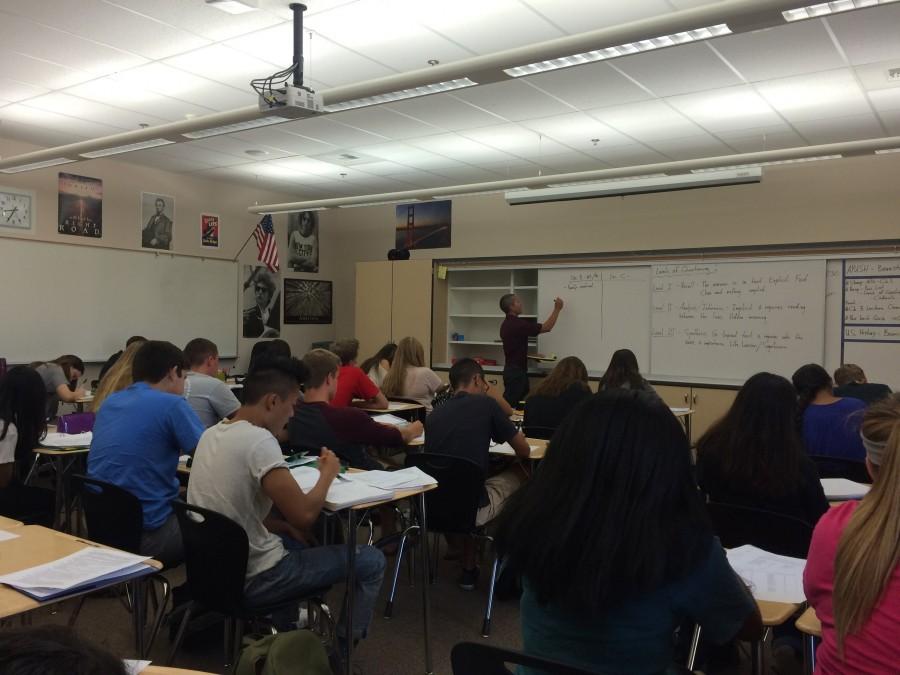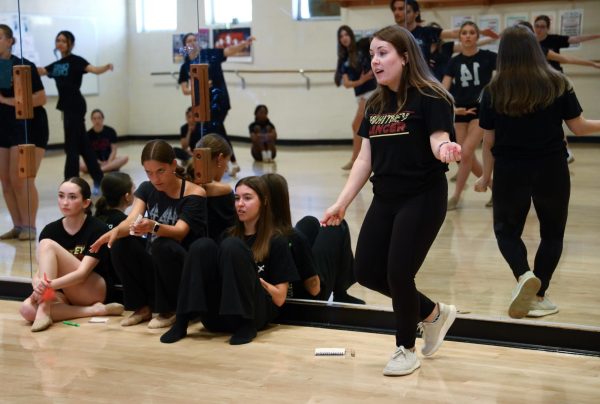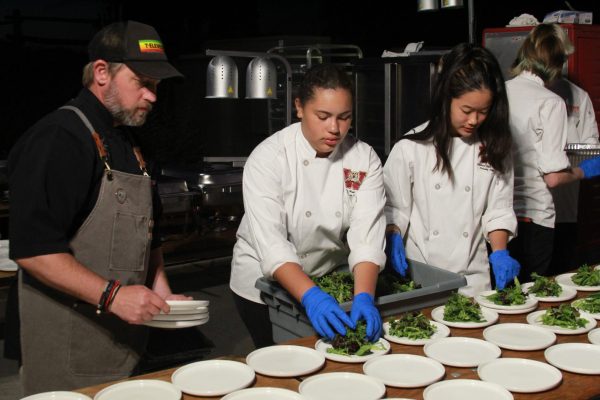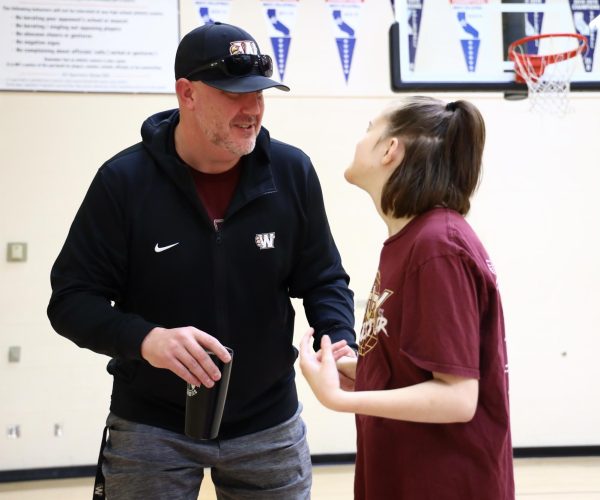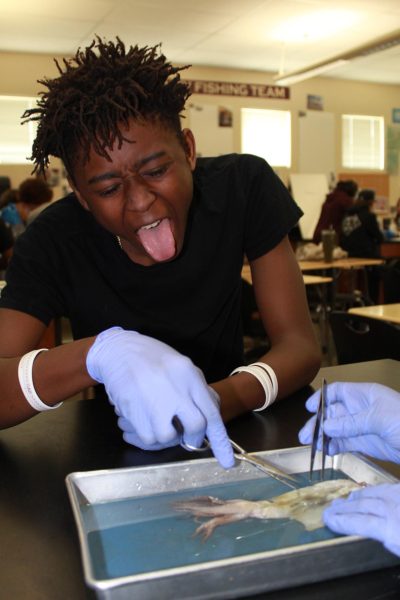New AP U.S. History curriculum changes focus on the content
AP U.S. History, or ‘APUSH’ has changed its college prep curriculum dramatically to fit a clearer and more balanced approach to the learning of American history, according to an article from the College Board.
The College Board explains that the APUSH curriculum was changed due to controversy made by AP teachers, who insisted that there was limited time to learn the subjects. Few of the changes include,‘American national identity and unity,’ and ‘U.S. leadership in ending the cold war.’
Mr. Tony Bannister, who has been teaching APUSH for nine years, explains how this year is different from previous years. He explains how he is helping his students prepare for the AP test in the spring.
“The difference is more focused on Historical Thinking Skills and Thematic Learning Objectives. Rather than focusing on dates and people, students need to understand how to interpret historical events and make connections to the impact they have on other time periods in history,” Bannister said.
Bannister said the changes can be more beneficial to students and even without the newest edition of the textbook ‘America’s History,’ students should still be able to understand the content with a bit of a challenge.
“It’s definitely difficult [not having the newest textbook] because the note taking guides that go along with each period only outline the key concepts so it’s out of order and hard to follow, and you have to be able to sift through the information to find what you need to know,” Ali Cotton said.
Teachers around the country reported focusing on more primary sources, but according to the 2015 AP exam distributor, fewer students scored fives than students who took the APUSH test in 2014.
Bannister is preparing his students for the exam by changing the note taking outline to a “note taking guide” that fits multiple chapters, while also including key concepts and subconcepts. Students use the textbook or other resources such as Barron’s APUSH review textbook to complete the packet.
“Mr. Bannister is preparing us for the AP test in the spring by making us focus on key concepts that relate to the unit, rather than outlining each individual paragraph [but by] focusing on the unit as a whole,” Noah Lopez said.
As the school year continues, Bannister is putting more emphasis on writing strategies and activities in class that allow students to process the content and what the content signifies. He explains that the biggest change is the new format that forces students to think critically and it forces them to look at important themes in U.S. History and make connections that broaden their overall understanding.
Bannister said,”[My] advice [for students] is, to be exposed to as many resources out there to support what we do in class. Stay on top of the content and practice as many sample questions and writing prompts as possible.”
by MISSIE CARACUT

